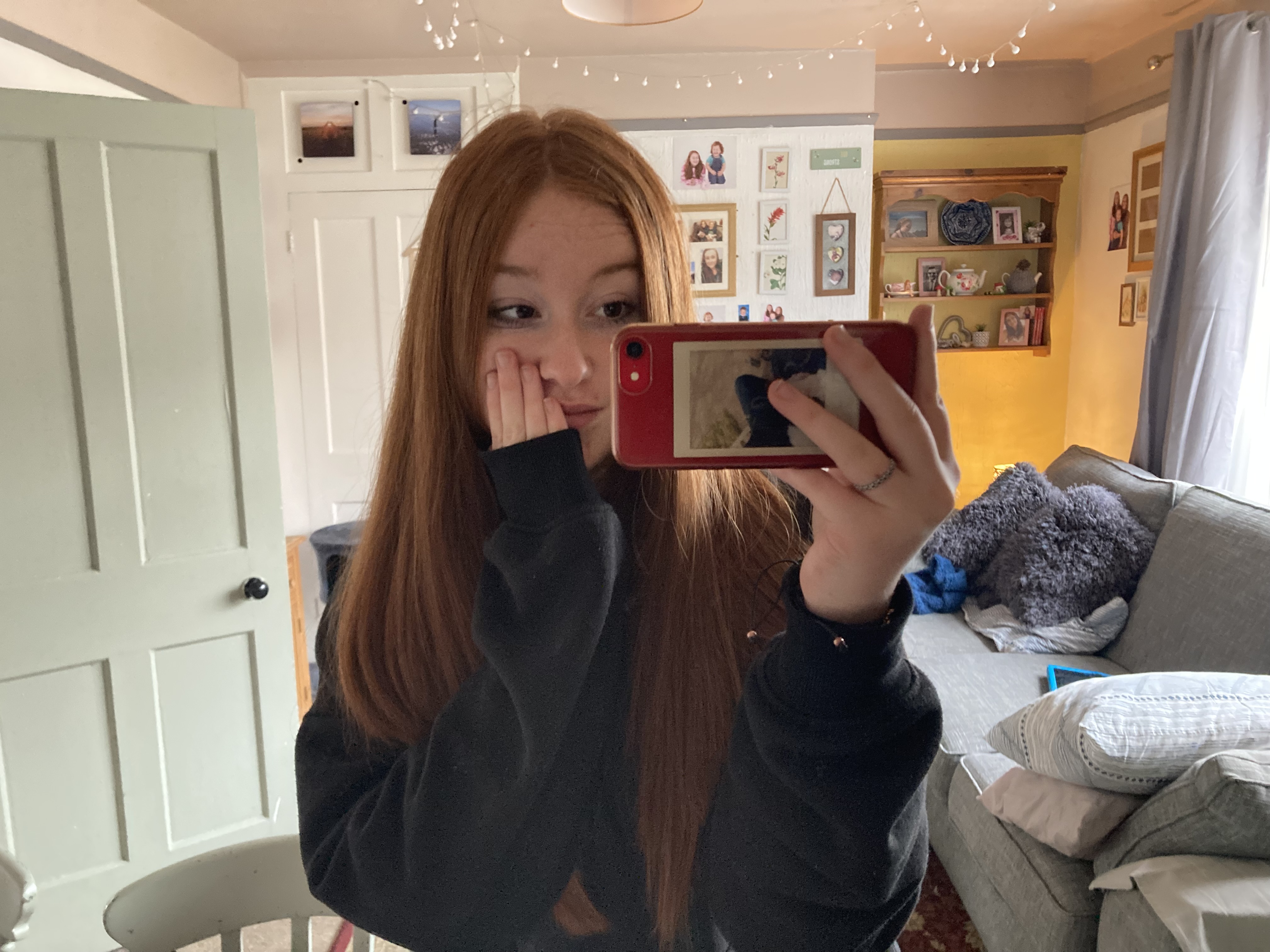The heart
Cards (27)
- What is the primary function of the heart?
- How does blood enter the heart?
- What happens when the atria contract?
- What is the role of the ventricles in the heart?
- How does blood flow to the organs?
- What happens after blood flows to the organs?
- What type of blood does the heart rely on?
- What does the heart continuously provide?
- What does the heart warming and surrounding give it?
- Where is the pacemaker located?
- How is the resting heart rate controlled?
- What does the electric impulse produced by the pacemaker do?
- What is an artificial pacemaker used for?
- What is an artificial pacemaker?
- How does an artificial pacemaker help the heart?
- What are the main functions of the heart in the circulatory system?
- What is the process of blood circulation through the heart?
- What is the role of the pacemaker in heart function?
- What are the differences between a natural and artificial pacemaker?
- What is the primary function of the circulatory system?
- What are the two circuits of the circulatory system?
- What does the right side of the heart do?
- What happens to blood after it is oxygenated in the lungs?
- What does the left ventricle do?
- What occurs at the body cells regarding oxygen?
- What happens to deoxygenated blood after it gives up its oxygen?
- Describe the cycle of blood flow in the circulatory system.
